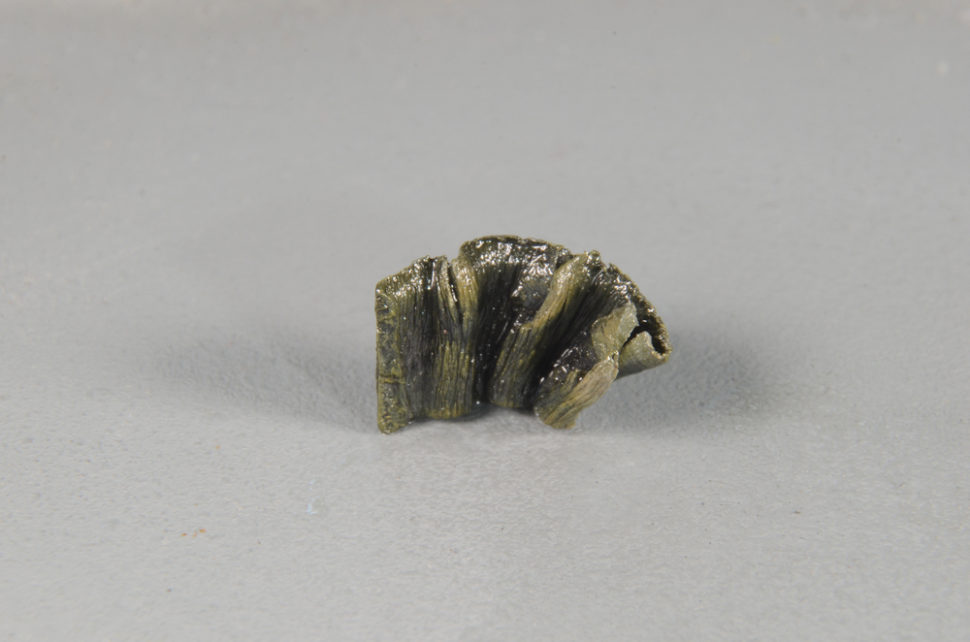Japanese researchers have recently discovered rare earth mineral deposits that could last for hundreds of years.
In a study published in the journal Nature, researchers from the Waseda University in Tokyo, Japan said that the rare Earth mineral deposits they discovered are estimated to contain 16 million tons.
A report from Business Insider over the weekend said that the trove of minerals contains enough yttrium to meet the global demand for nearly 800 years, dysprosium for 700 years, and europium for around 600 years.
Rare Earth metals are used in batteries of all kinds, electric vehicles, LED screens, green energy technologies, and more. The recently discovered REMs were found in deep-sea sludge, around 1,850 kilometers off the coast of Minamitory Island southeast of Tokyo.
“This is a game changer for Japan,” Jack Lifton of Technology Metals Research who is not involved in the study, told The Wall Street Journal. “The race to develop these resources is well underway.”
Read More: Rare Earth Mineral Found for the First Time on the Surface of our Planet
The discovery could allegedly reduce Japan’s dependency on China when it comes to importing the said elements. However, extracting the minerals is not as easy as it sounds. According to experts, such feat is both costly and challenging since the mineral deposits are buried deep in the ocean.
While the discovery was reportedly “impressive,” experts like Ryan Castilloux believe that there’s no reason yet to celebrate.
“It takes up to 10 years or more to advance a rare earth project from discovery into a producing mine on land, so I do not imagine it will be faster in the sea,” Castilloux said. “The discovery in Japan is still in its very early stages, and it will take several years to determine if mining will be feasible.”
To date, there is no known profitable way of extracting rare Earth mineral deposits at such extreme depth.
Yutaro Takaya, one of the author’s of the study, said that he and his team are now looking for new means to extract the precious minerals within the next five years. In a statement to AFP, Takaya said:
“We are not talking about some dream technology of the distant future. We are conducting studies to make this possible. It can also serve as a diplomatic card. Japan will be able to say, ‘if prices are made to go above this level, we can look to developing sea-bottom rare earth.'”








Comments (0)
Most Recent